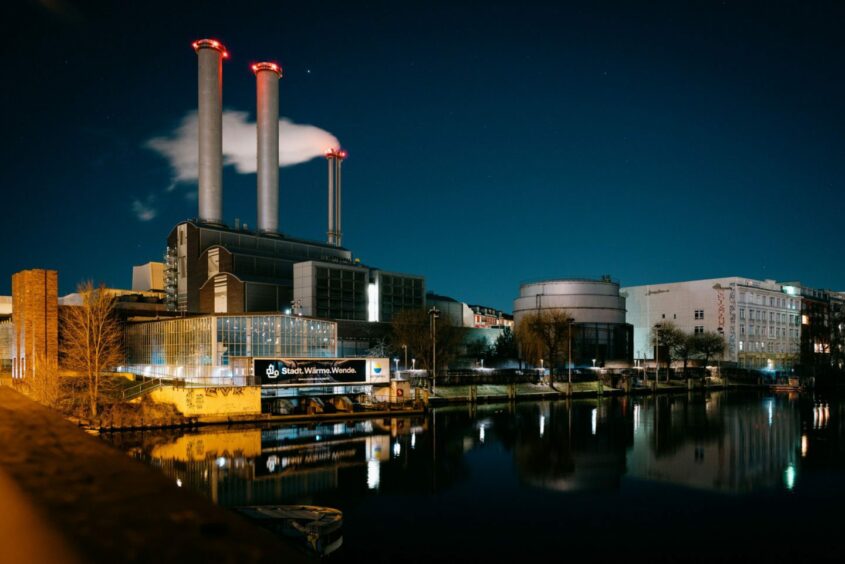
European natural gas advanced as workers serving a key export project in Australia prepare for a strike that could significantly dent global supplies in the run-up to winter.
Disruptions risk impacting 10% of the world’s liquefied natural gas exports, a prospect that’s keeping traders in Europe on edge. The region is still recovering from last year’s energy crisis, when Russian supply cuts left it highly exposed to shifts in the tight global market.
Labor unions warned over the weekend that industrial action could start as soon as Sept. 2 if no deal is reached in pay talks with Woodside Energy Group Ltd. on Wednesday. That sent benchmark gas futures soaring as much as 18% before they pared some of the gains.
The prospect of strikes has increased given the ultimatum, according to ANZ Banking Group Ltd. strategist Soni Kumari. “Any scramble for replacement volumes could prompt a bidding war,” she said.
There should be more clarity later this week after further talks, but the price rally might be short-lived for now, given Europe’s high gas storage and tepid demand, analysts at ING Groep NV said in a note. This will change only if a large part of Australian capacity goes offline, and for a prolonged period of time — at least a month or two, they added.
‘Continual Price Spikes’
Gas prices are still far from the highs of last year’s crisis, as Europe is well-stocked for winter and rarely receives fuel from Australia. However, curbed fuel shipments to Asia would raise European competition for alternative cargoes. Ballots are also taking place on potential walkouts by workers at Chevron Corp. facilities in Australia.
There’s still a chance for a resolution, as the actors involved are likely to be aware of the severity of potential consequences, according to Saul Kavonic, an energy analyst at Credit Suisse Group AG. A previous dispute, which impacted Shell Plc’s Prelude facility in Australia in 2022, lasted 76 days with an estimated $1 billion in lost production, according to unions.
Key Dates to Watch:
- Aug. 21: Voting among workers at Chevron’s Wheatstone offshore platform set to open
- Aug. 23: New discussions are expected between Woodside and unions. If disputes aren’t resolved by the end of that day, workers have “unanimously endorsed” giving the company notice that staff will go ahead with industrial action
- With seven working days’ notice required before action, stoppages could begin Sept. 2
- Aug. 24: Ballot of workers at Chevron’s Gorgon and Wheatstone downstream expected to be finalized by 3 p.m. Perth time
- Aug. 28: Voting of Wheatstone platform workers expected to be finalized
- Sept. 2: Industrial action could begin at Woodside’s North West Shelf if Aug. 23 talks don’t resolve disputes
Initial news reports on the possibility of looming strikes boosted intraday prices by as much as 40% earlier this month, reflecting the intensity of market jitters as the continent prepares for winter. Europe has faced outages from its own top producer, Norway, while traders have turned more bullish.
With winter inventories 91% full — a seasonal record — Europe still lacks a big “swing” supplier like Russia to cover potential supply disruptions on short notice, Morgan Stanley analysts including Martijn Rats said in a note. Even full storage, which is possible by October, “does not provide much buffer against the prospect of continual price spikes,” they said.
Dutch month-ahead futures, Europe’s benchmark, traded 5.9% higher at €38.56 a megawatt-hour by 1:27 p.m. in Amsterdam. The UK equivalent contract gained 6.6%.
Recommended for you
